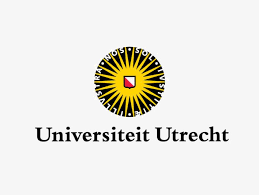
14 Mar Most ancient and primitive animal on earth reveals secrets about evolution
Most ancient and primitive animal on earth reveals secrets about evolution
Researchers of the group of Albert Heck (Utrecht University) together with colleagues from the Tierärztliche Hochschule in Hannover, have for the first time measured global protein expression in Trichoplax; the most ancient and primitive animal on earth, making discoveries about the earliest stages of animal evolution. The results are published in Nature Communications.
The first animals on earth arose when single celled ancestors aggregated and started to specialize and work together as a multicellular organism. This organism now acquired its energy for living by feeding on other organisms. Cells needed to specialize and cooperate in a coordinate way and thus communicate with each other in even more complex ways than already existed.
Crucial decisions needed to be communicated about which cells acquired what function or might even have to commit suicide for the sake of the whole organism. A special network of crosslinking and interacting molecules formed an extracellular matrix to provide a structural support and hold each cell in its correct place. Also systems were needed to exactly reproduce this whole structural and functional organization of cells in the offspring of the animal.
Trichoplax adhaerens
Novel cellular information system
This tag can be read and also erased by other proteins. This new tri-partite system had so much information coding potential that it made the appearance of animal multicellularity possible. The group in Utrecht was able to detect these phospho tags in the oldest known animal and show that this invention was accompanied by a sudden burst in the frequency of phospho-tagged tyrosines in proteins.
Grazers
Other findings include the detection of proteins important in processes thought to be characteristic of more complex animals. These include proteins involved in developmental signalling pathways, proteins involved in sexual reproduction, as well as putative extra cellular matrix proteins.
Publication
J.H. Ringrose, H.W.P. van den Toorn, M. Eitel, H. Post, P. Neerincx, B. Schierwater, A.F.M. Altelaar, A. J. R. Heck
Nature Communications 2013, DOI 10.1038/ncomms2424
Last Updated on Thursday, 31 January 2013 14:08
![]()


Sorry, the comment form is closed at this time.